The advanced world of agriculture is now using variety of equipment more than ever. For instance, brush cutters, flail mowers, and excavators of all sizes are used to simplify the tasks and accomplish them in a better way. Using the right hydraulic attachment assists compact farm equipment in carrying out:
– Vegetation removal projects
– Adding floatation and reaching forest cuttings
– Cutting over rails on roadsides
– Navigation nearby lakes and waterways, and more
Let’s divide mulcher attachments into two categories:
a) Brush cutters
b) Flail mowers
Here, brush cutter refers to a horizontal and heavy-duty mower that has 2-3 blades. On the other hand, flail mower refers to large spinning cylinder that has various interchangeable/removable knives or teeth.
Though applications don’t differ a lot between these cutters; they do work to accomplish different tasks. Despite cutting brush fine, a flail mower is confined to be used until here only. To clean excess brush, having a brush cutter is the only solution. Flails are excellent when it comes to work with thick vegetation and tall grass.
Determining the pressure and flow of excavator is important to equip the mulcher with relevant pulleys, pump and belts. As uses and opportunities for flail mowers and brush cutters are increasing, factors like weight, hydraulics, size, cost and horsepower have to be considered to make the best selection.
Excavators
First things first, check the lifting capacity as well as auxiliary hydraulic system of the excavator. Size and power of attachments are determined by the auxiliary hydraulic system specifications of the mini excavator. Generally, the hydraulic specifications vary from 5 to 40 gpm and 2,700 to 4,100 psi. In terms of safety, fuel economy and maneuverability, it is good to consider light weight brush cutters and flail mowers.
A checklist of safety equipment includes:
– Exhaust cover to restrict debris from getting inside the engine bay
– Front work light protection
– Cooling pack guard
– Hydraulic hose and auxiliary coupler guards
– FOPS guard that has side protection
– Cab-glass reinforcement & metal mesh covers
Owing to the risk of flying debris, it is important to ensure that the excavator has impact-resistant shielding. Apart from this, the equipment should never be operated around people or property.
Brush Cutters
Brush cutter is fluent in clearing dense brush and saplings using two or three spinning steel blades. On the compact excavators, cutting width for brush cutters may range from 36 to 66 in., whereas, exact attachment weights fall between 600 to 1,500 lbs.
Major components that must be checked are the blades, welded collars, hydraulic motor, hose arrangement & deck construction, gearbox and side chains. Gearbox, engine and workers are protected by deploying technologies, such as case drains, stump jumpers, blade shut-off protection and cushion/relief valves.
Last but the most important aspect is estimating the gpm on the auxiliary hydraulics after it goes into the cutting head. Moving on to the other vital factors to be careful towards, they include:
– Three blades versus two blades
– Direct drive versus motor gearbox combinations
– Duration of warranties
– Bi-directional operation
Flail Mowers
These are used for stump removal, elevated shrubbery, thicker trees, general brush cutting and vegetation that is hard to reach. These are available in many sizes, brands and options.
As far as small excavators are concerned, light-weight models that enable precision cutting and easy maneuverability are the ideal choice. Then there are Y-blades that are excellent to cut overgrowth and tall weeds. Talking about hammer blades, they are good to be used when mulching trees and damage foliage.
If we consider other usual options of excavator flail mowers, they include:
– Custom-made attachment plates
– Adjustable skids
– Size of hydraulic motors
– Integrated thumbs to hold vegetation
– Dynamic braking and safety functions
– Protection hoods
– Flow control valves
Units that are light weight, stable at full reach, possess favorable boom reaction and use high efficiency cutters that require least power and are good at quick spooling are purposeful.
Flails are meant for light applications and are good for hobby farmers, as they are involved with light maintenance work. Fixed tooth mulchers are meant for professional and heavy-duty applications where production is as high as industrial production.

Victory Tractor Implements is proud to offer a wide range of products including flail mowers, wood chippers, rotary tillers, and backhoes, all designed to be connected directly to your tractor’s PTO for maximum efficiency and performance. In addition, we also offer winter equipment such as snow plows and snow blowers, designed for use with skid steers.
We source all of our equipment directly from the manufacturer and pass the savings on to our customers. As always, the team is standing by to answer any questions to assist with your decision. Victory support can be reached directly at (562) 534-8182 or sales@etractorimplements.com
Proud supporters of the FFA



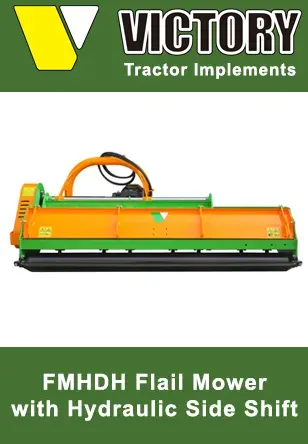
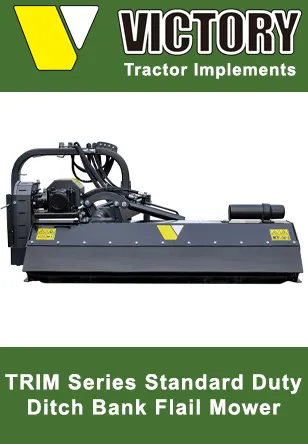
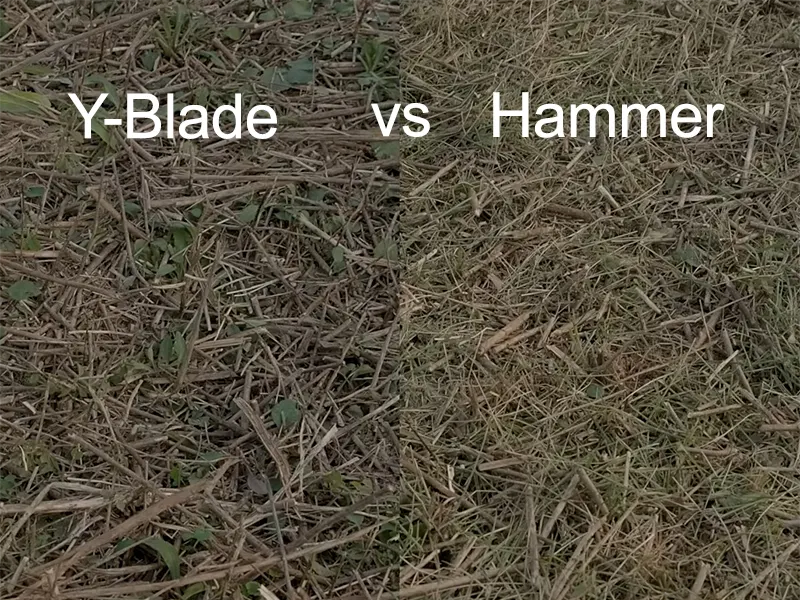
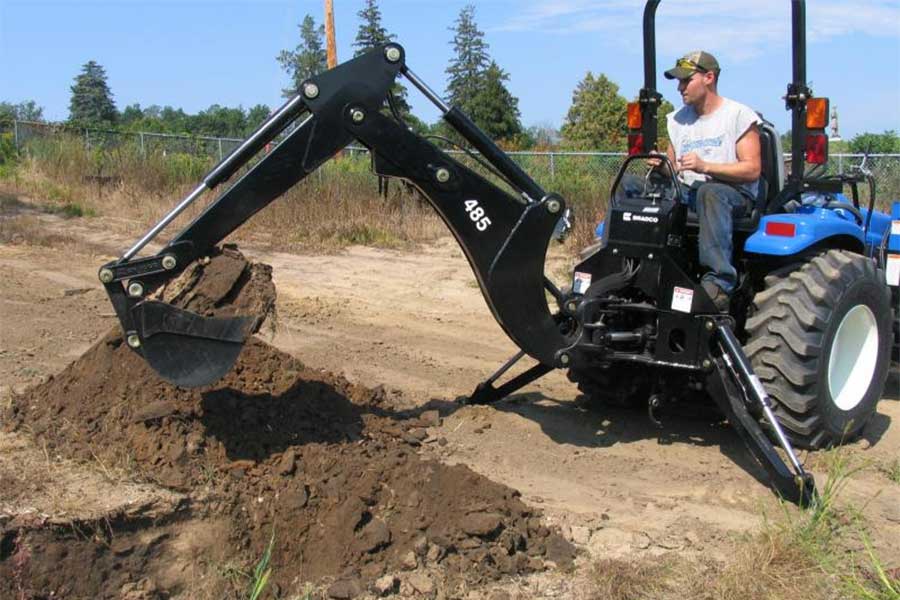
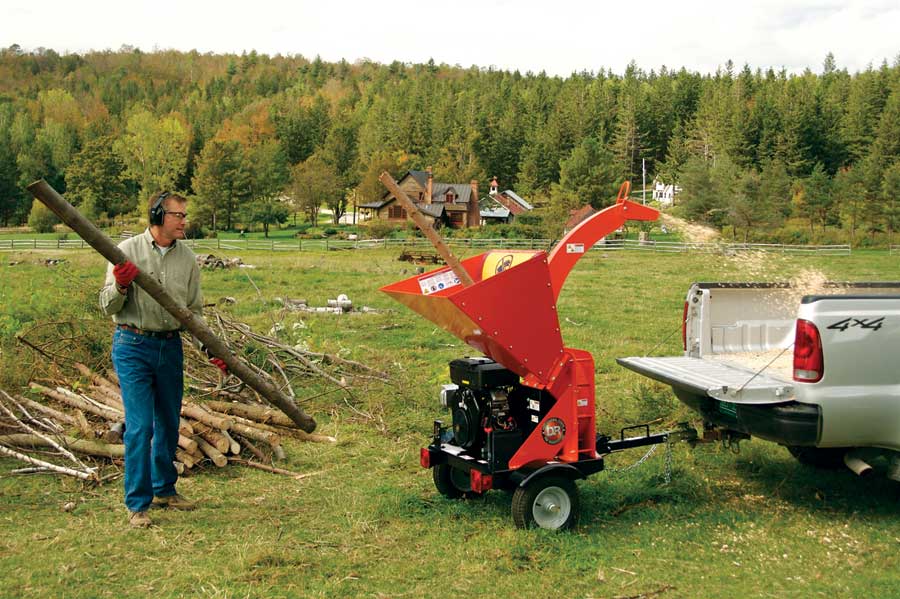
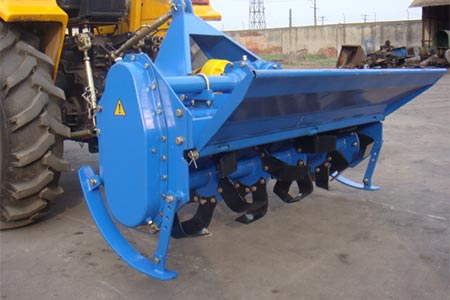




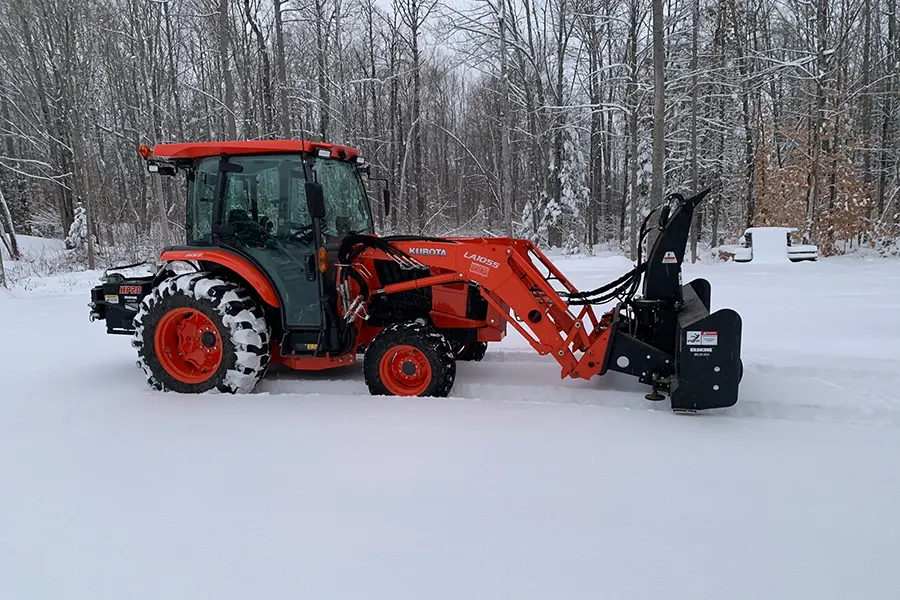
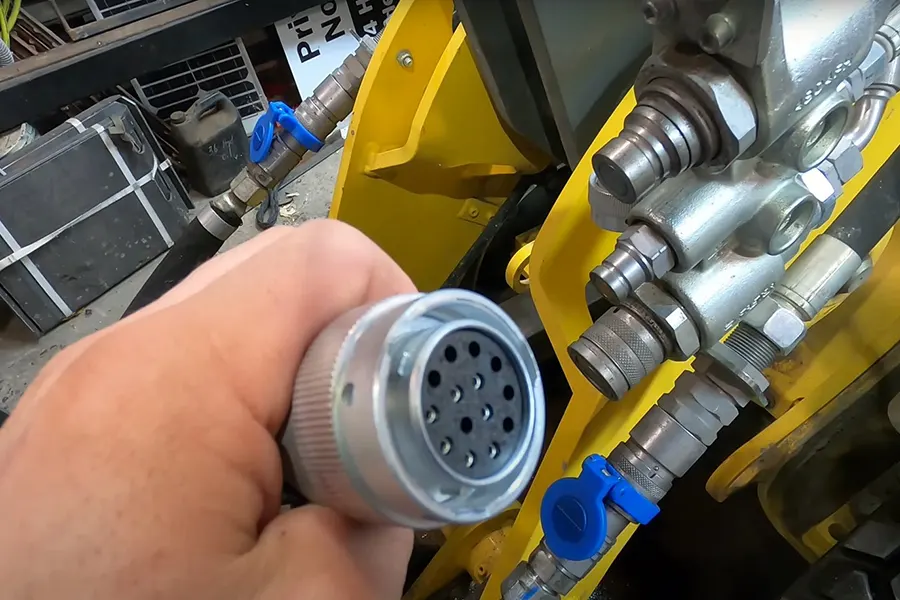
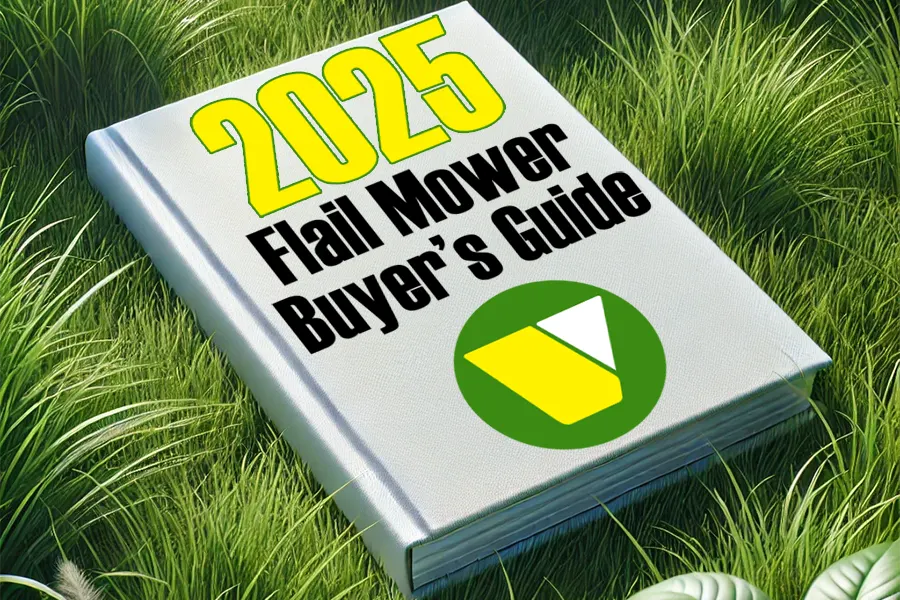
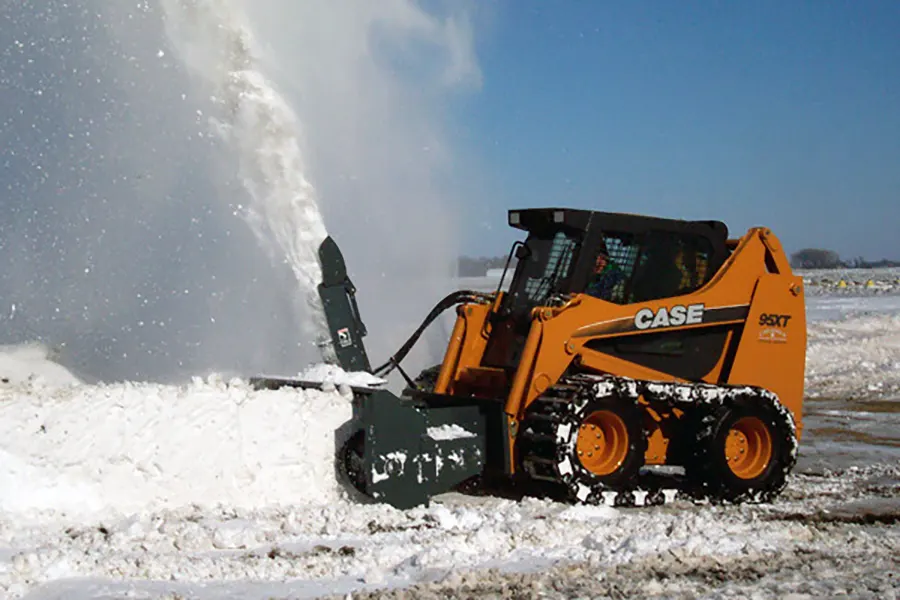
I have a M95s Kubota 95 HP tractor 2008 and I’m looking to buy a Flail Mower I’m not sure which one would be the best for me. I have looked at EMHD-200 is this the one that would be best suited for my tractor its a Cat II. Please advise me which one is the best to go with.
Thanks
Mike Watson
mwatson@primedownhole.com
713-598-1648
Mike: Your Kubota 95HP is plenty sufficient to handle the EMHD-200. The recommended power range is from 60-100HP of the tractor (you loose 10% down to the PTO). CAT II (3 point hitch) is an absolute must because of the heavy weight of the mower. In addition, please consider that the extreme extension of the mower (for example to the right hand side) contributes to the leverage. Therefore, we recommend you keep your front-loader attached while operating the mower (or use weights on your tires).
Kind regards, Uwe @ Victory
(562) 235-5725